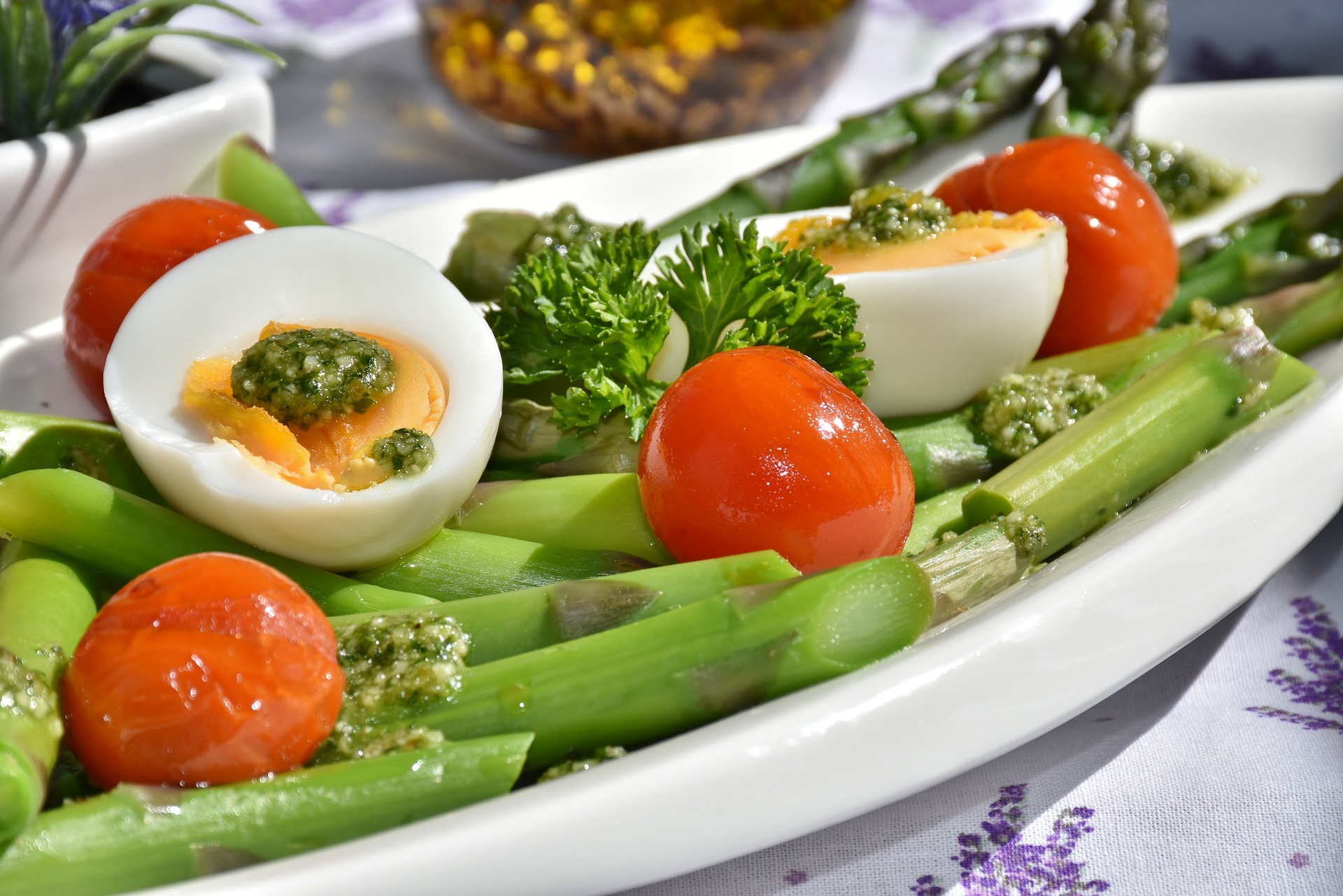Savoring the Delights: An Insight into Indonesian Cuisine
Indonesia, a vibrant Southeast Asian archipelago, is a treasure trove of culinary diversity. The country's rich cultural heritage and geographical diversity are reflected in its cuisine, offering an array of flavors that delight the palate. From tantalizing street food to vibrant fine dining, this article takes you on a gastronomic tour of Indonesian cuisine, unraveling its unique tastes and cooking techniques.

Journey through the Archipelago: The Diversity of Indonesian Cuisine
Indonesia is a vast archipelago of over 17,000 islands, each with its distinct culinary traditions. Sumatra, for instance, is known for its spicy, rich dishes influenced by Middle Eastern and Indian cuisines. In contrast, Javanese cuisine is typically sweeter, with a preference for soy sauce and palm sugar. The highlands of Sulawesi, on the other hand, are famous for their pork dishes, while Bali is renowned for its vibrant seafood and vegetarian offerings. This diversity is a testament to the country’s complex cultural mosaic, offering an exciting culinary journey for adventurous foodies.
Taste of Tradition: Key Ingredients and Techniques
Traditional Indonesian cuisine is a vibrant mix of flavors, textures, and aromas. Key ingredients include rice, a staple food, and a variety of spices like turmeric, coriander, and lemongrass that lend dishes their aromatic profiles. Coconut milk is another essential ingredient, adding a creamy texture and a subtle sweet flavor to many dishes. Indonesian cooking also incorporates various techniques, from grilling and boiling to frying and slow-cooking, each playing a part in creating the country’s diverse culinary repertoire.
Modern Twists: Innovation in Indonesian Cuisine
While traditional dishes remain a favorite, contemporary Indonesian chefs are pushing culinary boundaries, mixing local ingredients with international cooking techniques. They are creating innovative dishes that retain the essence of Indonesian flavors while introducing new textures and presentation styles. This fusion of traditional and modern is opening up exciting possibilities, enhancing the appeal of Indonesian cuisine to a global audience.
Unforgettable Flavors: Iconic Indonesian Dishes
Indonesia’s culinary landscape is dotted with iconic dishes. ‘Nasi Goreng’, a flavorful fried rice dish, is a must-try. ‘Satay’, skewered and grilled meat served with peanut sauce, is another popular dish. ‘Rendang’, a slow-cooked beef curry from Sumatra, has been voted one of the world’s most delicious foods. Then there’s ‘Gado Gado’, a vibrant salad of blanched vegetables, tofu, and hard-boiled eggs, smothered in a tangy peanut sauce.
Interesting Indonesian Food Facts & Tips
-
Indonesian cuisine is known for its ‘Sambals’, spicy condiments made from a variety of chili peppers.
-
‘Nasi Padang’ is a style of dining where a variety of dishes are served with rice, and you only pay for what you consume.
-
‘Tempeh’, a soy product native to Indonesia, is a popular protein source and a versatile ingredient in many dishes.
-
When dining in Indonesia, it’s customary to use your right hand, as the left is considered impure.
-
‘Kopi Luwak’, considered the world’s most expensive coffee, is produced in Indonesia.
In conclusion, Indonesian cuisine offers a culinary adventure, combining diverse flavors and ingredients in a symphony of taste. Whether you’re an adventurous foodie or a curious traveler, exploring Indonesian cuisine promises an enriching and delicious journey. So embark on this culinary voyage, and discover the delights of Indonesia’s gastronomic landscape.
